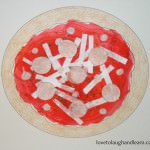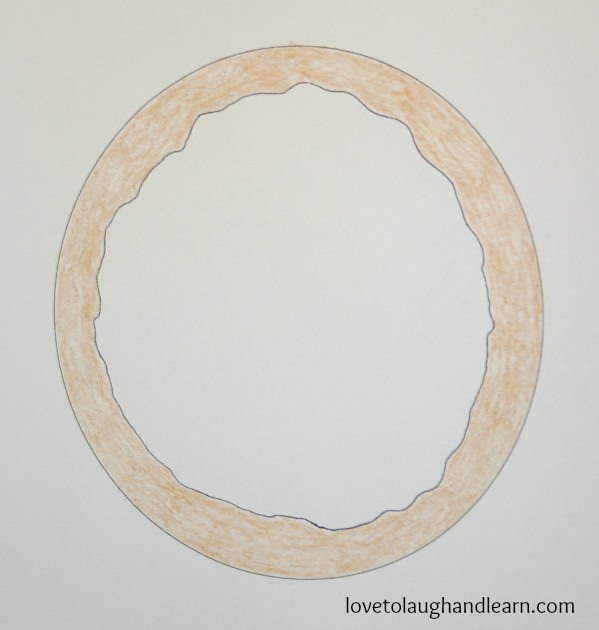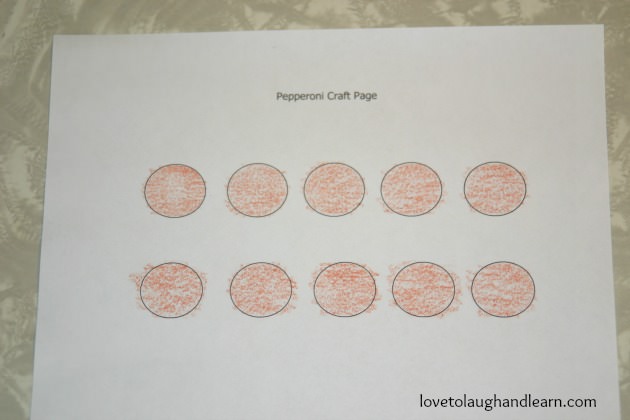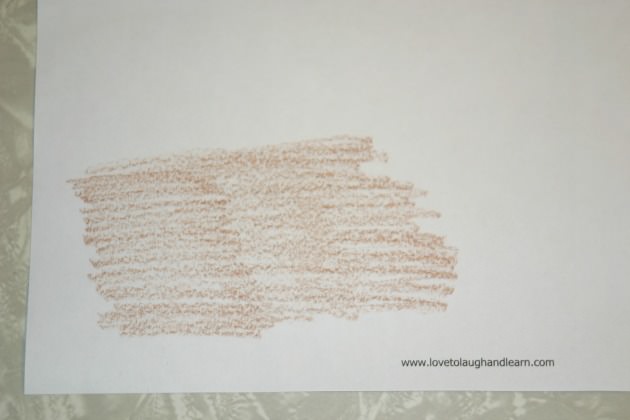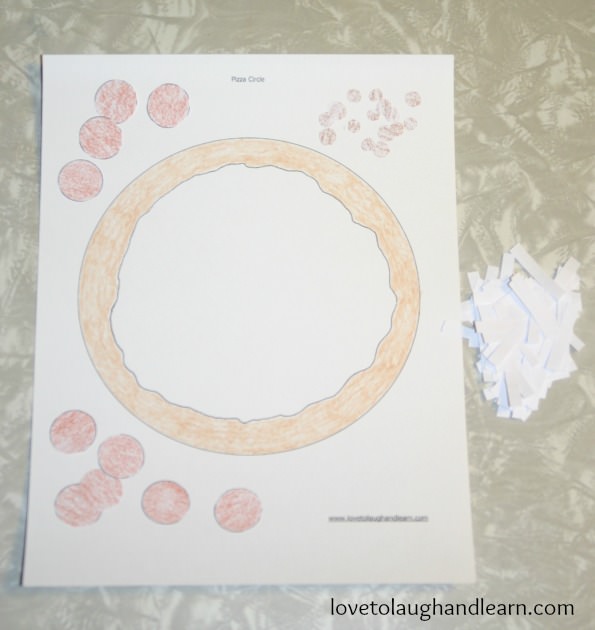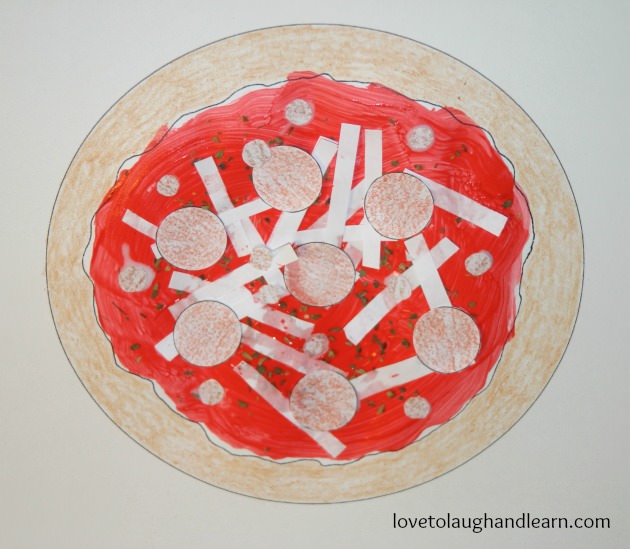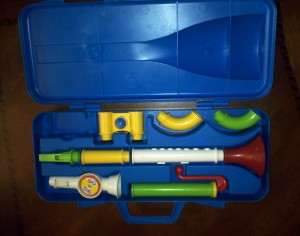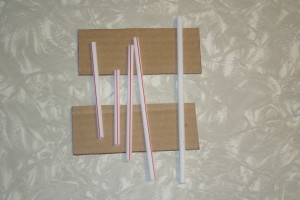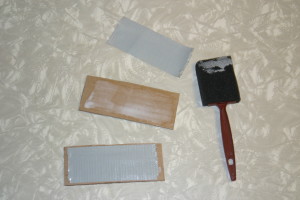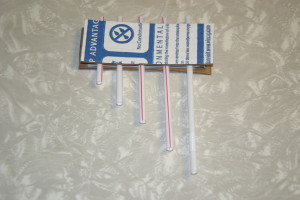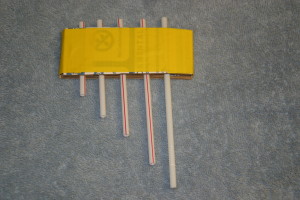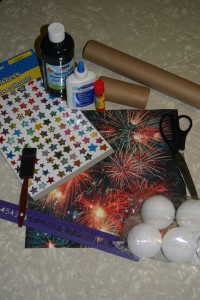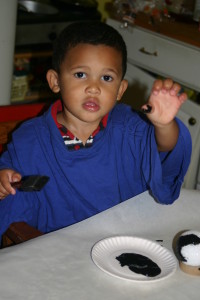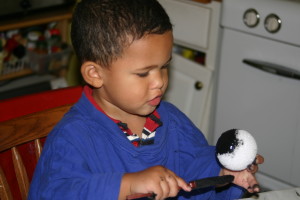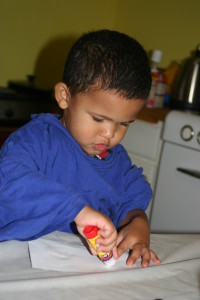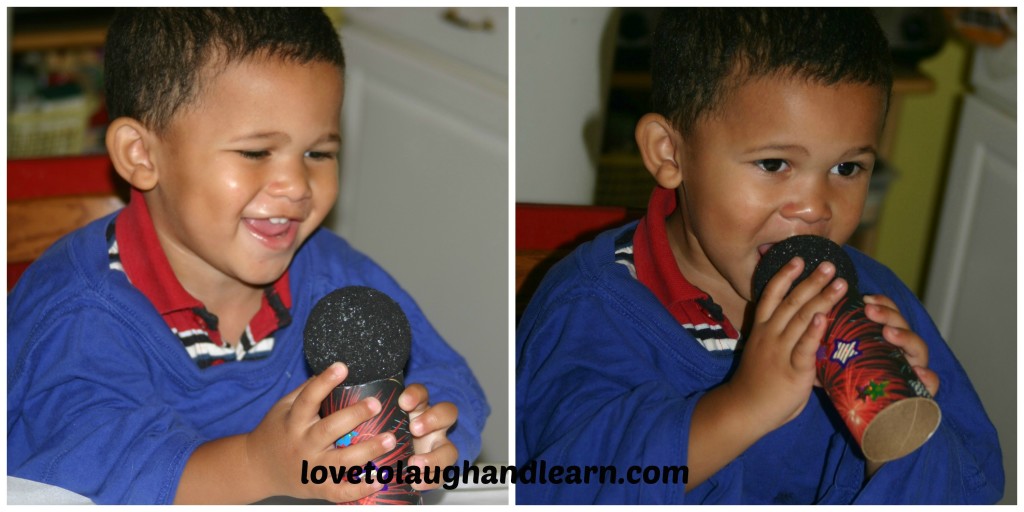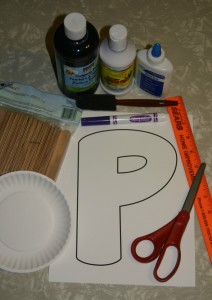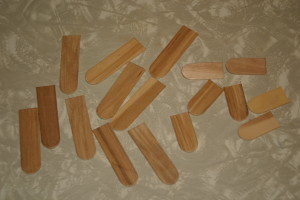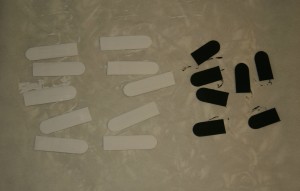Triangles: Learning Activities for Shapes
It’s time for some fun learning activities with triangles. What type of triangles do you see around you? Maybe mom or dad cut your toast into triangles this morning. Do you have any toys that are triangle shaped? Take a walk down the street and count how many triangles you see. Do some of the roofs on the houses form a triangle shape? Have lots of fun with triangles today. Please stop by my facebook page, Love to Laugh and Learn, and share pictures of the triangle you see and create.
Content:
Toys
Craft:
Triangle Fish Craft
Snacks
Story Time
Related Posts
Trying to think of triangle shaped toys is a little hard. Maybe you can help me out. What type of triangle shaped toys do you have around your house? Please leave a comment and help me out.
You may have a shape sorter with a triangle shape in it. I would recommend the Discovery Toys: Playful Patterns (just use the triangle shapes today). There is a game called Tri*ominos that uses triangle shaped pieces. The “home bases” on Chinese checkers are triangle shaped. If you are into music you can play with a musical triangle today. I look forward to any suggestions you have.

Triangle Fish Craft
Adapted from DLTK Crafts for Kids
Materials Needed:

Triangle Fish Template
Colored paper, crayons, markers or paints
Scissors
Glue Stick
White Glue
Wiggly Eyes
Instructions:
1. Print Triangle Fish Template
2. You can either use the template as a pattern to cut the triangles out of colored paper or have your child color or paint the pieces and then cut them out.
3. Use glue stick to glue the middle size triangle to the back of the large triangle for the tail.
4. Use glue stick to glue the small triangle to the big triangle as the fin.
5. Use white glue to glue on a wiggly eye (I love wiggly eyes) or draw an eye.
6. Draw a mouth.
Now you have a beautiful triangle fish!
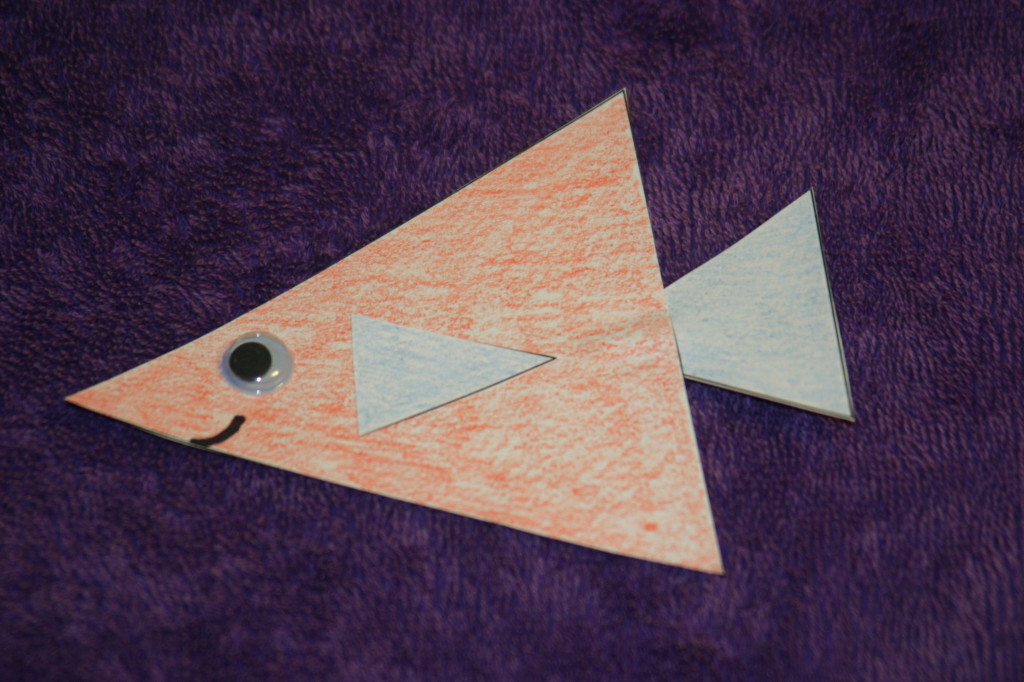
Foods for snack or meal time
A sandwich cut from corner to corner, some tortilla chips are triangle shaped, cut watermelon into triangle shapes, cut cheese in triangle shapes, Triscuit Thin Crisps
Story Time
I See Triangles (All about Shapes) by D. H. Dilkes
Reading Level: Birth – 4 yrs old
D. H. Dilkes has a great series of little books that discuss different shapes. In this book you will learn about triangles. I like the fact that the illustrations are photographs of everyday items. The text is simple which is great for a young child that is just being introduced to shapes.
Triangles (Shapes) by Marybeth Lorbiecki
Reading Level: Birth – 4yrs old
A cute introduction to triangles. The rhyming storyline leads you through bright illustrations of a kitten and puppy as they explore triangles. They encourage your child to search out, count and have fun with triangles.
Triangles (The Shape of the World) by Dana Meachen Rau
Reading Level: Birth – 4 yrs old
Dana Meachen Rau has a great series of little books about shapes. In this book you will see several different triangles. You might find some right in your own house. The simple text and bright pictures will give you and your child a lot to talk about. This is a great little book for introducing triangles to your child.
What Is a Triangle? (Harper Growing Tree) by Rebecca Kai Dotlich
Reading Level: Birth – 4 yrs old
You will find many different triangle shapes throughout this book. It is an easy read for young children with a lot of bright pictures. A few of the items are actually cones rather than triangles but I guess if you are just introducing your child to triangles that won’t really matter a lot. It’s written in rhyme, which I always love. The funniest part to me was that is says a triangle (the musical instrument) is a triangle.
Related Posts
Shapes – Overview
The Lessons – Overview
Circles: Learning Activities for Shapes
Ovals: Learning Activities for Shapes
Squares: Learning Activities for Shapes
Rectangles: Learning Activities for Shapes
Diamonds: Learning Activities for Shapes
Stars: Learning Activities for Shapes
Hearts: Learning Activities for Shapes
Learning Should Be Fun
Colors – Overview

